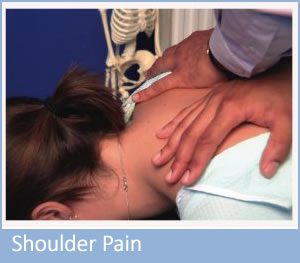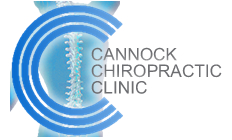 The key to helping the problem is early diagnosis and early intervention.
The key to helping the problem is early diagnosis and early intervention.
Treatment for the problem is always specific to the individual, as often their are a combination of problems relating to shoulder pain.
For the effective treatment of Frozen shoulder or adhesive capsulitis we have all trained in the Niel Asher Technique ( NAT ) which was shown to produce a significant reduction in pain, together with considerable increases in strength and movement when compared to physiotherapy or a placebo. The evidence very strongly indicated that the technique we use is more effective than any of the conventional alternatives available.
However, treating a frozen shoulder is not a simple process and can take between 8 and 12 appointments to restore normal function, although we should be able to reduce your pain within 4 sessions. Occasionally, we may need to refer you for other investigations, as there are a number of conditions which can mimic the symptoms of frozen shoulder.
For rotator cuff and impingement type disorders we have trained with premier league physiotherapists for rehabilitation protocols they use daily on some of the premier leagues top goal keepers and footballers. We frequently attend talks given by NHS consultants to understand the current medical approach and guide lines for surgery and treatment.
Patients often have a combination of different shoulder problems and by using skills from different fields such we are doing all we can to help the patients that are suitable for Chiropractic care.
The four most common causes of shoulder pain and disability in primary care are rotator cuff disorders, glenohumeral disorders, acromioclavicular joint disease and referred neck pain.
- Intrinsic shoulder pain:
– Rotator cuff disorders:
– Rotator cuff tears.
– ‘Subacromial pain’, which may be due to impingement if the humeral head is not depressed sufficiently to slide under the acromion on elevation of the arm. It is also sometimes referred to as subacromial bursitis, tendonitis or tendinopathy.
– Calcific tendonitis.
– Glenohumeral disorders: adhesive capsulitis (‘frozen shoulder’), arthritis.
– Acromioclavicular disorders.
– Biceps tendonitis.
– Infection (rare).
– Shoulder instability – associated with hypermobility including subluxation or dislocation. - Extrinsic shoulder pain:
– Referred pain: neck pain, myocardial ischaemia, referred diaphragmatic pain (e.g., gallbladder disease, subphrenic abscess).
– Polymyalgia rheumatica.
– Malignancy: apical lung cancers, metastases.




